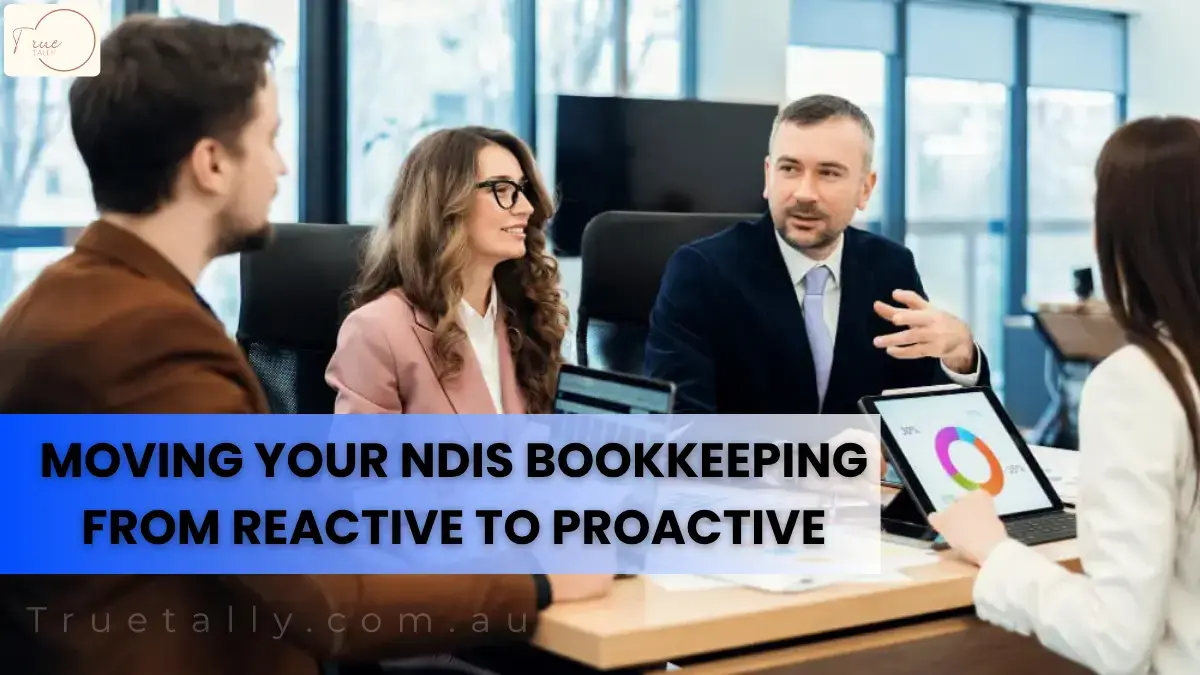Construction Bookkeeping Services in Australia | Outsourced Bookkeeper For Construction
Running a construction business means managing countless moving parts – projects, crews, deadlines and machinery. At Truetally Bookkeeping, we understand that. Managing your finances shouldn’t be an added burden. That’s why we offer specialized bookkeeping services designed specifically for the construction industry. Whether you’re a contractor, subcontractor or construction company owner, our skilled team is ready to make managing your finances easier. As expert bookkeepers for builders, we understand the challenges of job costing, variable cash flow and regulatory compliance in construction. With Truetally Bookkeeping, you get more than just contractor bookkeeping; you get a dedicated partner focused on your financial growth through complete bookkeeping solutions for building construction. Our Construction Bookkeeping And Tax Services Whether you are a builder, project manager, subcontractor, or run your own construction business, we offer a full range of tax and bookkeeping solutions specifically designed for the construction industry. We focus on helping you maximize deductions and minimize tax liabilities. Truetally Bookkeeping is dedicated to providing exceptional support, empowering you to make smart financial decisions and achieve long-term success. Explore our key services: Builders and Construction Tax Planning and Support We create a clear plan so you can set aside the right amount for the ATO, keeping you compliant and worry-free. Our customised tax strategies match your financial objectives, uncover potential savings, maximise deductions and advise on available grants or incentives. By staying up to date with tax regulations, we help you optimize returns and minimize payments, leaving more money in your pocket. Business Advice for Builders and Construction Running a construction business can be overwhelming. Our business advisors and bookkeepers at Truetally Bookkeeping review your operations and create a strategic plan to help you meet your financial goals. From project costing and pricing strategies to business structure and planning, we provide guidance that improves profitability and gives you more freedom. Construction Superannuation Support If your super or your employees’ super is falling behind, we step in to review and update everything, helping you avoid compliance issues. Bookkeeping Services for Builders and Construction Take back your time from tedious recordkeeping with our professional support. We maintain accurate and timely records for financial reporting, Business Activity Statements (BAS) and tax returns. Speak to the Truetally Bookkeeping team to find out how we can save you hours each week. Common Tax Deductions For Construction Workers: Motor vehicle expenses Protective clothing and safety equipment Sun protection for outdoor jobs Phone and internet expenses Equipment and machinery Training or courses for skill improvement or maintenance Licenses, permits and certificates (excluding driver’s licenses) Home office expenses Work-related travel and lodging Donations to registered deductible gift recipients Income protection insurance Benefits of Outsourcing Bookkeeping for Your Construction Business Free Up Your Time When our experts handle your bookkeeping, you free up valuable time previously spent recording and maintaining accounts. This allows you to focus on what matters most – whether it’s your business operations or personal priorities. By allowing us to manage your accounts, you can ensure that every transaction is accurately tracked and reported. Efficient Accounts And Technology We specialize in Xero accounting software, one of the most trusted cloud-based bookkeeping tools available today. We integrate add-ons like simPRO, WorkflowMax and Aroflo to effectively manage projects and job costing. Our expertise in connecting multiple systems ensures smooth and seamless data flow across all your platforms. Up-to-date Finance Be fully aware of your daily financial performance – from reconciled bank accounts, profit and loss statements and balance sheets to a clear understanding of accounts receivable and payable. You can invoice projects and milestones instantly. Xero works on any browser, allowing you to monitor your finances anytime, anywhere. Payroll Process Managing payroll for employees and contract workers can be difficult, especially across multiple projects. Our team understands employment contracts and ensures correct entitlements while complying with modern award provisions. Contractor Management At Truetally Bookkeeping, we verify ABN and GST registrations, identifying any potential issues before payment is made. We also monitor all relevant contractors and suppliers for the annual report of taxable payments. Improved Business Relationships Strong supplier relationships are vital in construction. Our expert bookkeeping helps you accurately manage multiple supplier payments, ensuring that no payments are missed. This allows you to take advantage of discounts and maintain positive business goodwill. Better Budgeting With real-time financial data, cash flow and budget planning for current and upcoming projects become easier. Accurate records also simplify activity statements and tax planning, giving you full control of your business every day. Business Performance Advice For more detailed management bookkeeping, our in-house accountants analyze data from Xero and your project management tools to assess performance on each project. These insights give you the knowledge to make informed business decisions. Rest assured, the Truetally Bookkeeping team is here to provide ongoing support with practical, actionable advice. Tailored Construction Bookkeeping Solutions Zero File Setup & Expert Advice: Start your bookkeeping journey off right with personalized file setup and professional guidance designed for construction businesses. Bank and Card Reconciliation: Keep all your transactions accurate and error-free with regular reconciliation. Accounts Payable (A/P) and Accounts Receivable (A/R) Handling: Stay on top of every payment and receivable with simple and streamlined processes. Payroll Services: Manage your payroll efficiently, whether you run a small team or a large construction team. Superannuation and Payroll Tax Compliance: Ensure timely and accurate super and tax filings to stay fully compliant. Financial Reporting: Clearly understand your cash flow, profit margins and job costs with detailed financial insights. BAS and IAS Submissions: Let us manage your tax lodgements with ease so you can focus on growing your business. EOFY Support: Confidently close the financial year with expertly prepared reports and summaries. Why Choose Truetally For Construction Bookkeeping? Financial management for construction is unlike any other industry – it comes with its own set of challenges. At Truetally Bookkeeping, we focus on simplifying these complexities and delivering accurate financial management suited to construction businesses. Our team has extensive experience working with construction professionals, so we know








